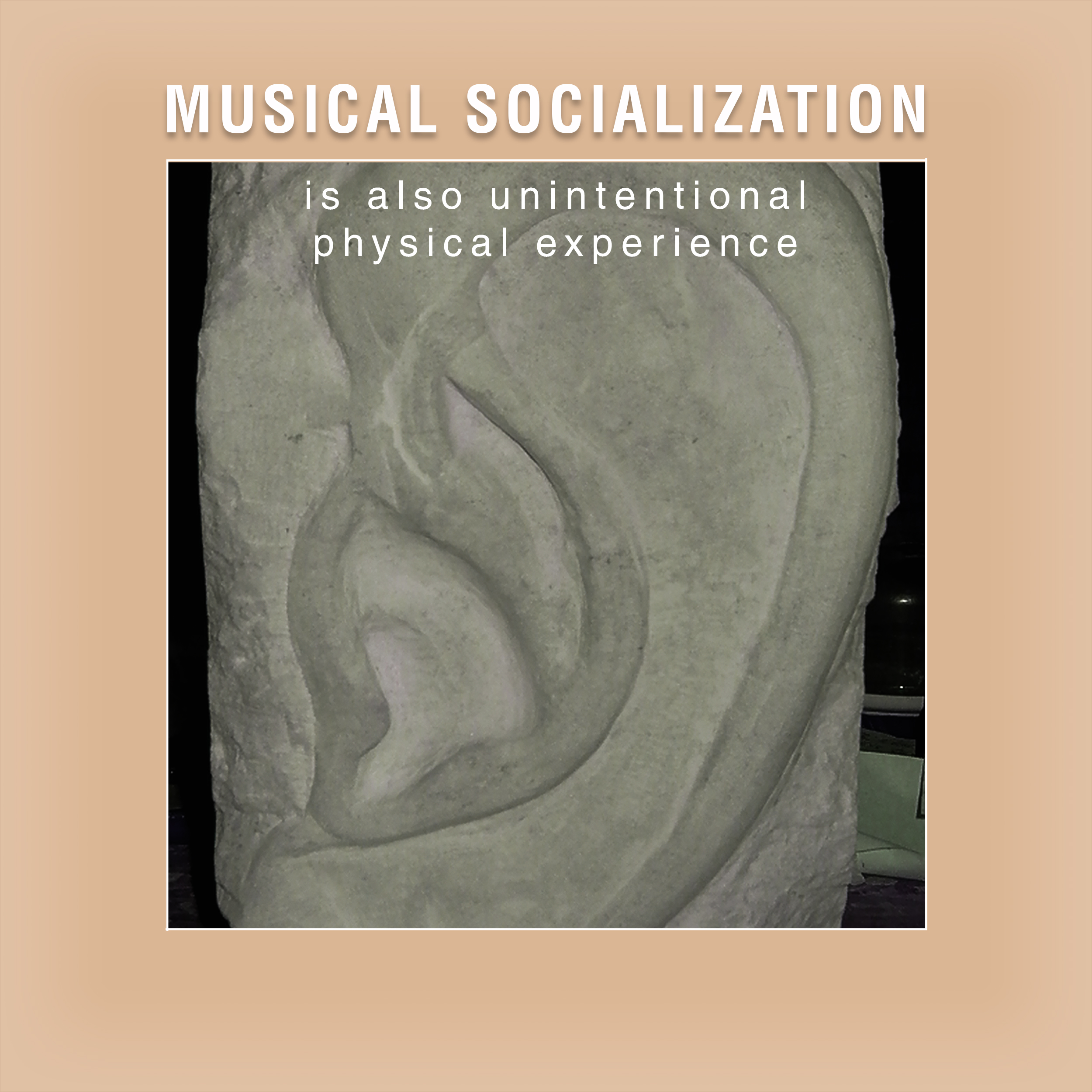
Your Body Is a Medium
A body is not just perceiving sounds, it is also their medium. Here is an essay about the materiality of sound and how the body shapes the listening process.
Whether sensing musical meaning or immersion into sound – musical socialization is not only a subjective and intentional process. It is also an unintentional physical experience that triggers a bodily shaping and this continues to have an effect without consciously knowing. The tension of a leading note is not necessarily noticed in all musical cultures. In Western music culture, however, it is noticed even by the untrained ear and is considered a musical fact, a real gravitation of nearby frequency spectra. So maybe, in fact, Western grading systems have tuned the listener’s bodies.
The Wave Nature of All Substance
Sound is neither a thing nor an ephemeral, disembodied phenomenon. It is a phenomenon of transition. Transmissions of movement – a bow touching a string or air pressure – cause the atmosphere to become temporarily denser and thinner. With vibration, unlike with mass transport, the particles return to their resting position after an acoustic irritation.
This is the way sounds pass through other materials in the spatial-temporal structure of the sound wave – also through the human body. The body perceives sound not only binaurally, but also tactilely and kinaesthetically, first on its edges and then inside, as pressure and movement. According to the philosophers Gilles Deleuze and Félix Guattari, the wave shows that our reality’s edges are moving and transitional. For them, bodies are not fixed blocks, but rather mutate and transform themselves constantly in exchange with the consistencies of their surroundings – they are constantly becoming. Indeed, all matter can be attributed a wave nature. Electrons move in waveforms like scattering, diffraction, refraction, and interference.
Bodies Have a Self-Resonance
When we listen or hear something, we are the medium of sound, because sound is the movement that spans through our bodies, and it triggers affects. The sound scholar Holger Schulze calls the listening body «sonic persona», the «alien corpus» (Schulze 2018, 142). But our body is not just a passive vibrating mass, it transmits sound – it resonates with the sound. On its surfaces as well as in the deep and folded organic spaces, sound encounters physical resistance and ponderousness. And we consciously decide which sound to listen to closer and which one to turn away from.
The Ear Is a Set of Instruments
Even on the anatomy of the ear the manifold translations of sound through the body can be recognized. The ear is not only a channel for acoustic signals. Rather, it is an entire set of instruments – a complex, widely ramified organ consisting of corridors, membranes, chambers, bones, hair cells, and fluids, which physically sense, amplify or diminish, channel and transform, compensate and translate incoming vibrations. What auditory nerves transmit from the inner ear to the brain is already a mixture of the sound itself and the inherent sound, the noise of our body.
Through bodily auditory experiences we shape hearing techniques and attitudes, as well as hearing and sensory thresholds. This may be compared to learning to swim or to dance. It’s all about responsiveness and the way we act on the waves of sound with our physical repertoire. Experiences of resonance are embedded in the body. It adjusts and tunes them.
List of References
Biography
Published on November 18, 2020
Last updated on April 03, 2024
Topics
Snap


